Effective light for growing
wee_info
17 years ago
Related Stories
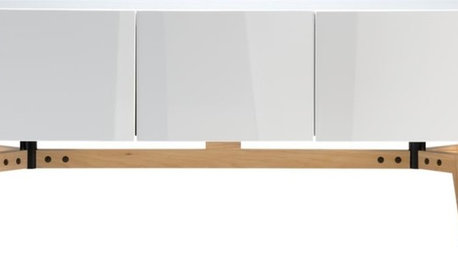
PRODUCT PICKSGuest Picks: Light Wood Accents That'll Grow on You
Ditch the darkness with modern accessories and furniture in ash, birch and light oak
Full Story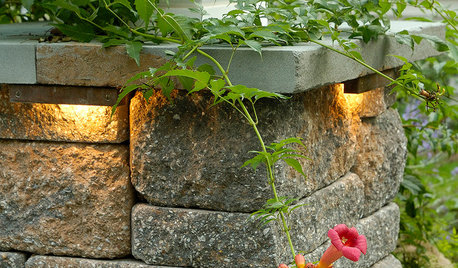
CURB APPEAL8 Effective, Beautiful Lighting Types for Front Yards
Increase safety and security while highlighting plants and other landscape features, using the right mix of outdoor lights
Full Story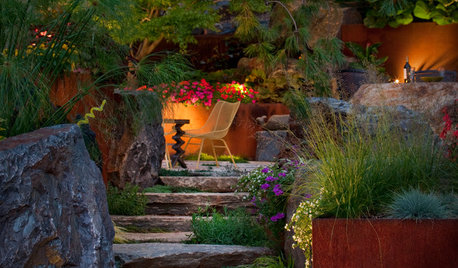
LANDSCAPE DESIGNIlluminate Your Landscape With These Dramatic Lighting Effects
There’s more than one way to creatively light up your garden
Full Story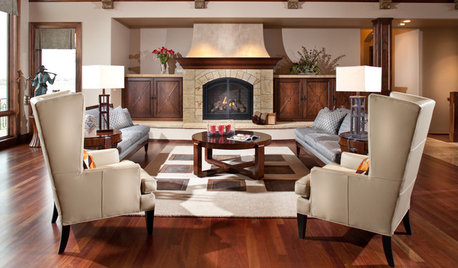
8 Ways to Light Your Fireplace for Maximum Effect
Enhance your fireplace with the type of lighting that suits it best — we offer 8 beautiful and easy-to-find options here
Full Story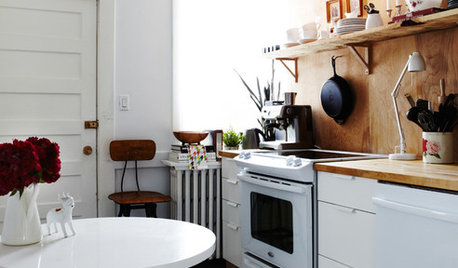
HOUZZ TOURSHouzz Tour: Clean, Chic and Cost-Effective
Canadian designer Jennifer Hannotte designs her Edwardian home in a modern style that can grow with her family
Full Story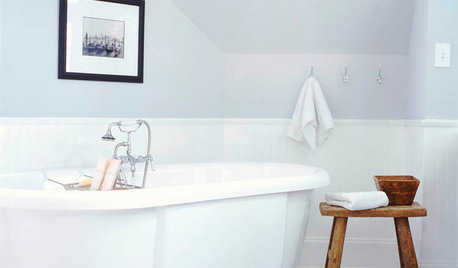
REMODELING GUIDESA Dark Atlanta Attic Welcomes a Light-Filled Bathroom
From architecturally quirky attic to sunny bathroom, this renovated space now has everything a growing family could need
Full Story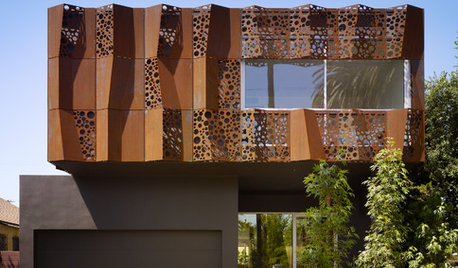
CONTEMPORARY HOMESHouzz Tour: Dappled Light Inspires Artistic Wrapping
Cor-Ten cut with circles mimics the effect of a massive pine tree’s canopy, for a striking look inside and out
Full Story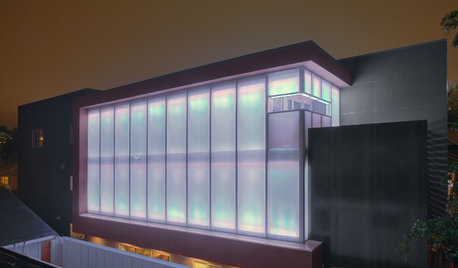
LIGHTINGTranslucent Surfaces: A Canvas for Light and Shadow
Look at the Effects You Can Create With Translucent Panels Inside and Out
Full Story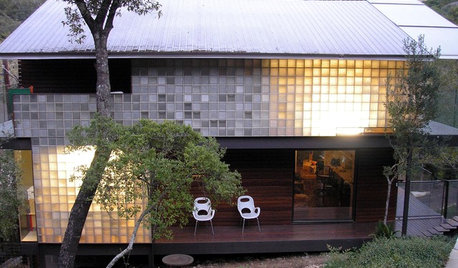
REMODELING GUIDESGreat Material: Glass Block Grows Up
See how designers are using the humble glass block for privacy, pattern and light
Full Story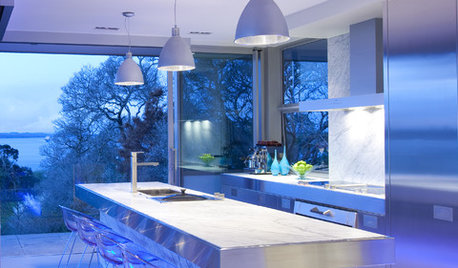
REMODELING GUIDESQuick Fix: Easy Toe-Kick Lighting
Here's a cost-effective way to give your kitchen or bath an unexpected glow
Full StorySponsored
Central Ohio's Trusted Home Remodeler Specializing in Kitchens & Baths
More Discussions






doug_rawlings
wee_infoOriginal Author
Related Professionals
Owings Mills Landscape Architects & Landscape Designers · Seabrook Landscape Architects & Landscape Designers · Bethlehem Landscape Contractors · Middletown Landscape Contractors · Maywood Landscape Contractors · Morrisville Landscape Contractors · Wayland Landscape Contractors · Wethersfield Landscape Contractors · Berkeley Fence Contractors · Draper Fence Contractors · Leander Fence Contractors · Monroe Fence Contractors · Castaic Fence Contractors · Frisco Roofing & Gutters · Reno Roofing & Guttersshrubs_n_bulbs
wee_infoOriginal Author
shrubs_n_bulbs
wee_infoOriginal Author
wee_infoOriginal Author
shrubs_n_bulbs
wee_infoOriginal Author
wee_infoOriginal Author
shrubs_n_bulbs